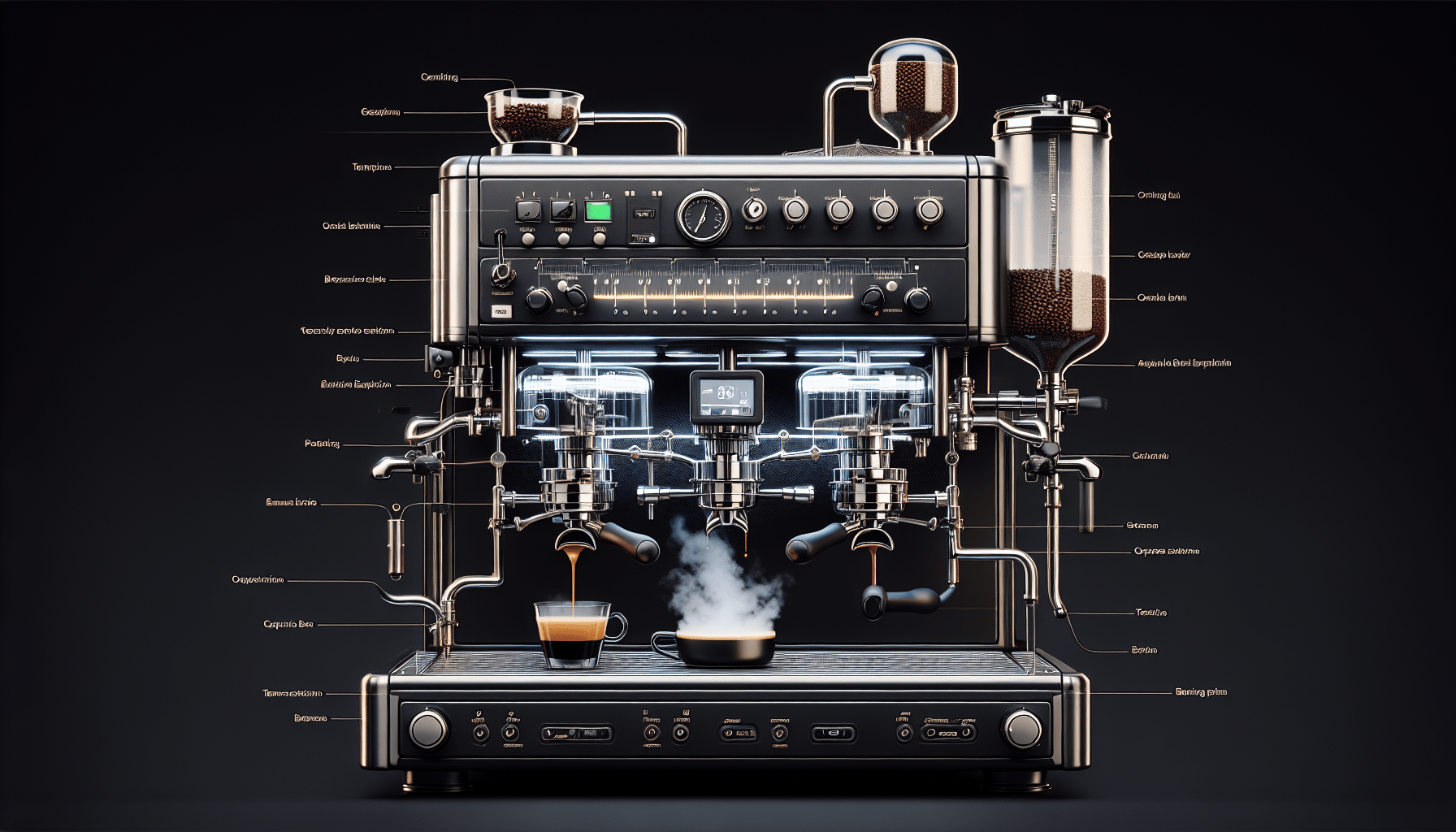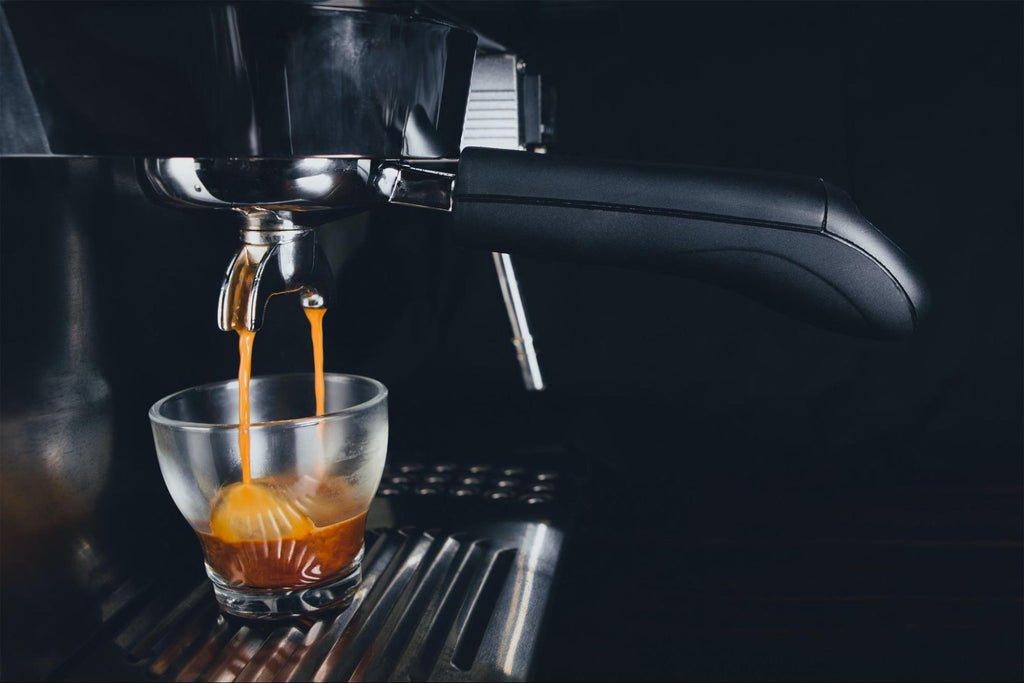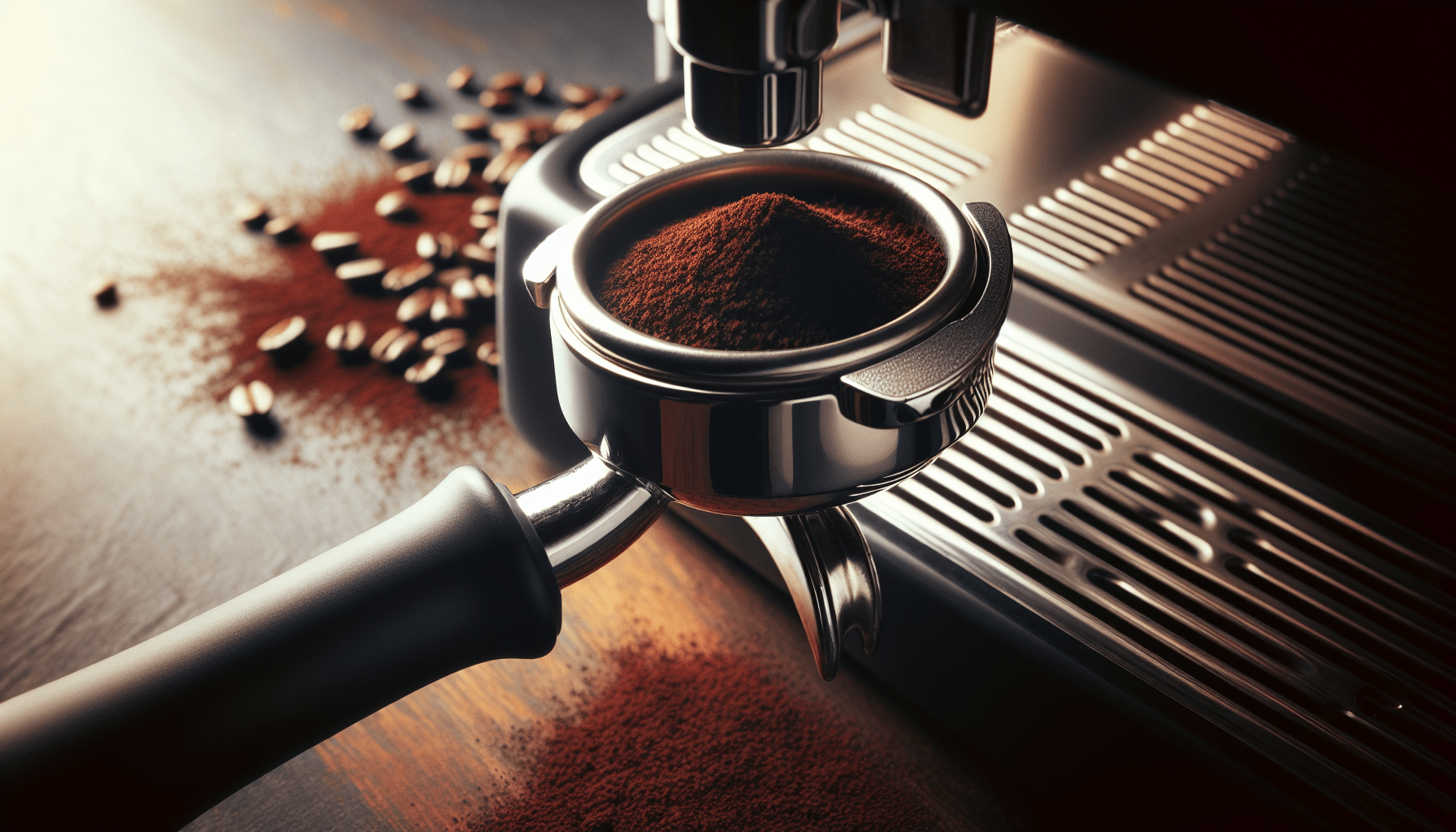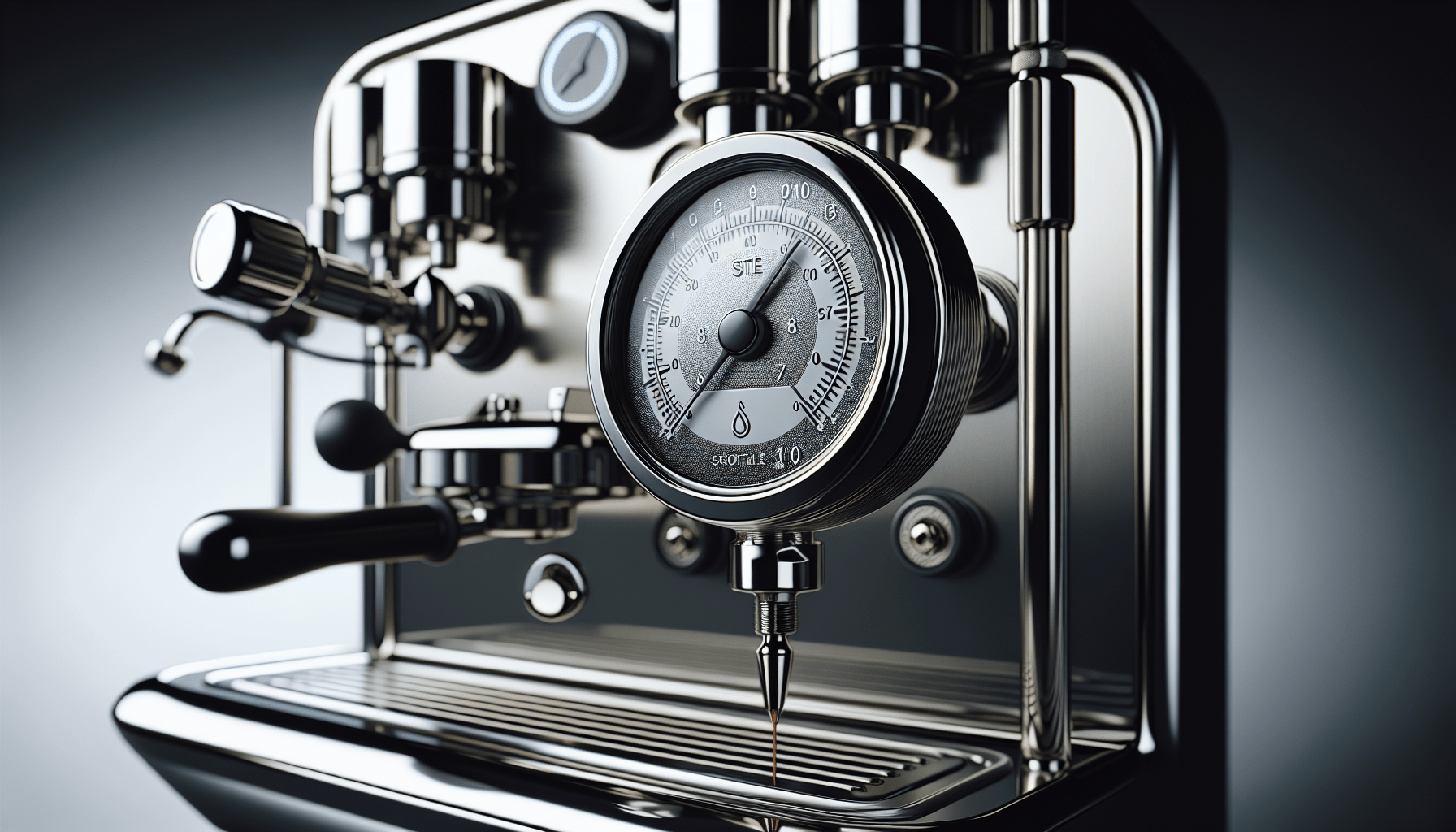Welcome to a guide on understanding the importance of temperature stability in espresso extraction! Temperature stability plays a crucial role in the process of extracting the perfect shot of espresso. Consistency in temperature ensures that the coffee grounds are properly extracted, resulting in a balanced and flavorful cup of espresso. Let’s dive into why maintaining the right temperature is key to achieving the best results in your espresso-making journey. What is the role of temperature stability in espresso extraction? It may seem like a small detail, but the temperature of water in your espresso machine plays a crucial role in the quality of the final shot. Let’s dive deeper into why temperature stability is so important in the espresso extraction process.
The Ideal Temperature for Espresso Extraction
Have you ever wondered what the ideal temperature is for brewing a perfect shot of espresso? The magic number is 195-205°F (90-96°C). This range allows for the optimal extraction of flavor compounds from the coffee grounds, resulting in a rich and balanced shot.
Why is Temperature Control Important?
Maintaining a stable temperature throughout the brewing process is crucial for achieving consistent results. Fluctuations in temperature can lead to over or under-extraction, which can result in a bitter or sour taste in your espresso. This is why temperature stability is so important in espresso extraction.
The Role of Heat Exchange Systems
One of the key components of espresso machines that help maintain temperature stability is the heat exchange system. This system uses a boiler to heat water to the desired temperature and then uses a heat exchanger to maintain that temperature as the water travels through the machine.
How Does a Heat Exchange System Work?
In a heat exchange system, the water is heated in a boiler to the appropriate temperature for brewing espresso. As the water travels through the heat exchanger, it passes by the brew head, where the coffee grounds are located. This allows the water to maintain its temperature and ensure consistent extraction.
PID Temperature Control
Precision temperature control is essential for achieving the perfect shot of espresso. This is where PID (Proportional-Integral-Derivative) temperature control comes into play. PID controllers help regulate the temperature of the water in the boiler, ensuring that it stays within the optimal range for extraction.
What is a PID Controller?
A PID controller is a device that uses feedback to maintain a desired temperature in a system. In the case of espresso machines, the PID controller monitors the temperature of the water in the boiler and adjusts the heating element to keep the water at the right temperature for brewing.
Dual Boiler vs. Single Boiler Machines
When it comes to temperature stability, dual boiler espresso machines have a significant advantage over single boiler machines. Dual boiler machines have separate boilers for brewing and steaming, allowing for precise temperature control in each boiler.
Dual Boiler Machines
Dual boiler machines have one boiler dedicated to brewing espresso and another boiler dedicated to steaming milk. This separation of functions ensures that the temperature for each process remains stable, leading to consistent results in both brewing and steaming.
Single Boiler Machines
Single boiler machines, on the other hand, have only one boiler that is used for both brewing and steaming. This can lead to temperature fluctuations as the machine switches between functions, which can affect the quality of the espresso shot.
Insulated Boilers and Groups
In addition to heat exchange systems and PID controllers, some espresso machines are equipped with insulated boilers and groups to help maintain temperature stability. These components help reduce heat loss and maintain the temperature of the water as it travels through the machine.
Insulated Boilers
Insulated boilers are designed to retain heat more efficiently, reducing the amount of energy needed to maintain the desired temperature. This can result in improved temperature stability and energy efficiency in the espresso machine.
Insulated Groups
Insulated groups, which are the components where the water comes into contact with the coffee grounds, help maintain a stable temperature during extraction. By insulating the groups, heat loss is minimized, ensuring that the water remains at the optimal temperature for brewing.
Importance of Preheating
Preheating your espresso machine and portafilter before brewing can also help maintain temperature stability and improve the quality of your espresso shot. By preheating these components, you ensure that the water stays at the right temperature throughout the brewing process.
Preheating the Espresso Machine
Preheating the espresso machine involves running water through the system to heat up the components before brewing. This helps ensure that the water in the boiler is at the right temperature for extraction, resulting in a more consistent shot.
Preheating the Portafilter
Preheating the portafilter, which holds the coffee grounds during extraction, is also crucial for maintaining temperature stability. By preheating the portafilter, you prevent heat loss during brewing, resulting in a more even extraction of flavors from the coffee grounds.
Calibrating Your Espresso Machine
Regular calibration of your espresso machine is essential for maintaining temperature stability and ensuring consistent results. By calibrating the machine, you can fine-tune the temperature settings to achieve the perfect extraction every time.
Temperature Calibration
Temperature calibration involves adjusting the settings on your espresso machine to ensure that the water is brewing at the right temperature. This process may require the use of a thermometer or a PID controller to measure the temperature accurately.
Pressure Profiling
Pressure profiling is another method of calibrating your espresso machine to achieve the optimal extraction. By adjusting the pressure throughout the brewing process, you can control the flow rate of water through the coffee grounds, resulting in a more balanced and flavorful shot.
Monitoring Temperature Stability
To ensure that your espresso machine is maintaining temperature stability, it’s essential to monitor the temperature throughout the brewing process. This can be done using a thermometer or a PID controller to track the water temperature and make adjustments as needed.
Using a Thermometer
A thermometer is a simple tool that can be used to measure the temperature of the water as it travels through the espresso machine. By monitoring the temperature at key points in the brewing process, you can ensure that the water remains within the optimal range for extraction.
Using a PID Controller
For more precise temperature control, a PID controller can be used to monitor and adjust the temperature of the water in the boiler. PID controllers offer real-time feedback and automatic adjustments, ensuring that the water stays at the ideal temperature for brewing espresso.
Factors Affecting Temperature Stability
Several factors can impact the temperature stability of your espresso machine, including the design of the machine, its components, and how it is used. By understanding these factors, you can make adjustments to improve temperature control and achieve better results.
Machine Design
The design of the espresso machine, particularly the type of boiler and heating elements used, can affect temperature stability. Machines with insulated boilers, dual boilers, or PID controllers are more likely to maintain stable temperatures during extraction.
Room Temperature
The ambient temperature of the room where the espresso machine is located can also impact temperature stability. In colder environments, the machine may take longer to reach its desired temperature, while in warmer environments, the machine may overheat, affecting the quality of the espresso shot.
Conclusion
Temperature stability is a critical factor in the espresso extraction process that can greatly impact the quality of the final shot. By understanding the role of temperature control, heat exchange systems, PID controllers, and other components in maintaining stable temperatures, you can achieve consistent and delicious espresso every time. So, next time you brew a shot of espresso, pay attention to the temperature and see how it makes a difference in the flavor and quality of your coffee.




